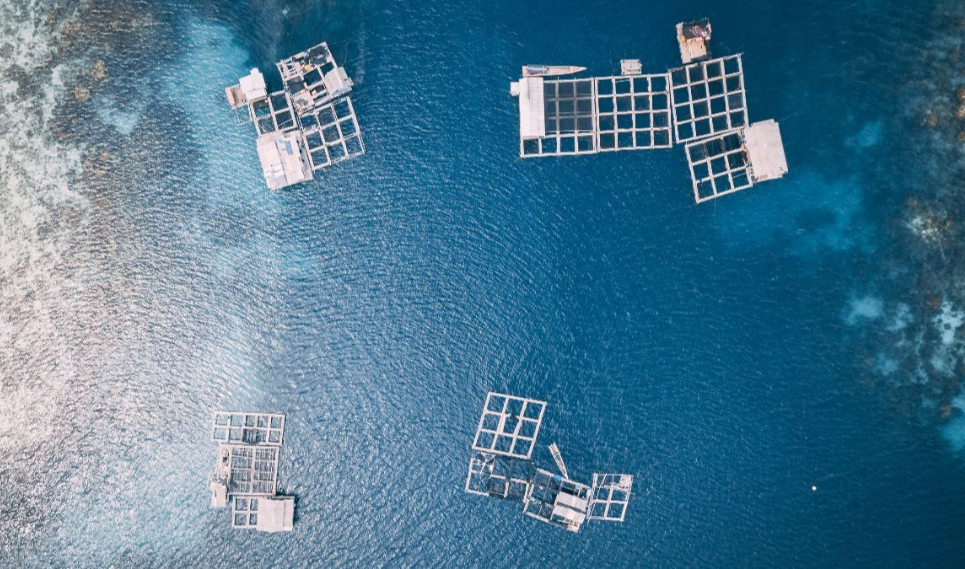Aquaculture is one of the oldest-known methods of producing food whose origins date back to the year 3800 B.C. There are historical references to fish farming in the ancient civilisations of China, Egypt, Babylon and Greece. Like agriculture and livestock farming, aquaculture has gone through various stages of development. In Europe, after a golden age during the Roman Empire, it practically disappeared until the Middle Ages, when the activity of fish farming was resumed by monasteries and abbeys for their own consumption.
In Spain, modern aquaculture emerged in 1866, in the Gardens of La Granja Palace (Segovia), a curious place where the first modern fish farm was created under royal protection. A year later, the first private aquaculture centre was built at the Monasterio de Piedra.
The activity of cultivating aquatic organisms (fish, molluscs and algae) has increased over the last 150 years, and today it represents more than a quarter of Spain’s total fishing industry, according to data collected by the Spanish Aquaculture Observatory (OESA).
The growth of aquaculture is unstoppable. In fact, it is expected to become the world’s main source of fish products by 2030, given that it is the fastest-growing food production sector, with average growth of almost 10% annually since 1984. Aquaculture is also the sector that has seen the most diversification: both river and sea species are raised in countries around the world. As technology and means allow, the number of cultivated species is increasing.

Why is it essential to develop aquaculture?
In recent years, the world’s fish consumption has skyrocketed, not only because fishing fleets are more effective at catching fish, but also because consumers are increasingly aware of how healthy it is to eat fish on a regular basis. A recent report by the Food and Agriculture Organization (FAO) of the United Nations estimates that, based on the growth of the world’s population, just to maintain the current levels of consumption, an additional 40 million tonnes of fish will be needed each year for the next two decades. It will only be possible to achieve this with aquaculture.
The effects of overfishing, the rising consumption of fish products and the search for new markets, such as the pharmaceutical and energy industries, give this sector a very promising future. Therefore, it is fundamental that it be managed in a sustainable and environmentally friendly way.

